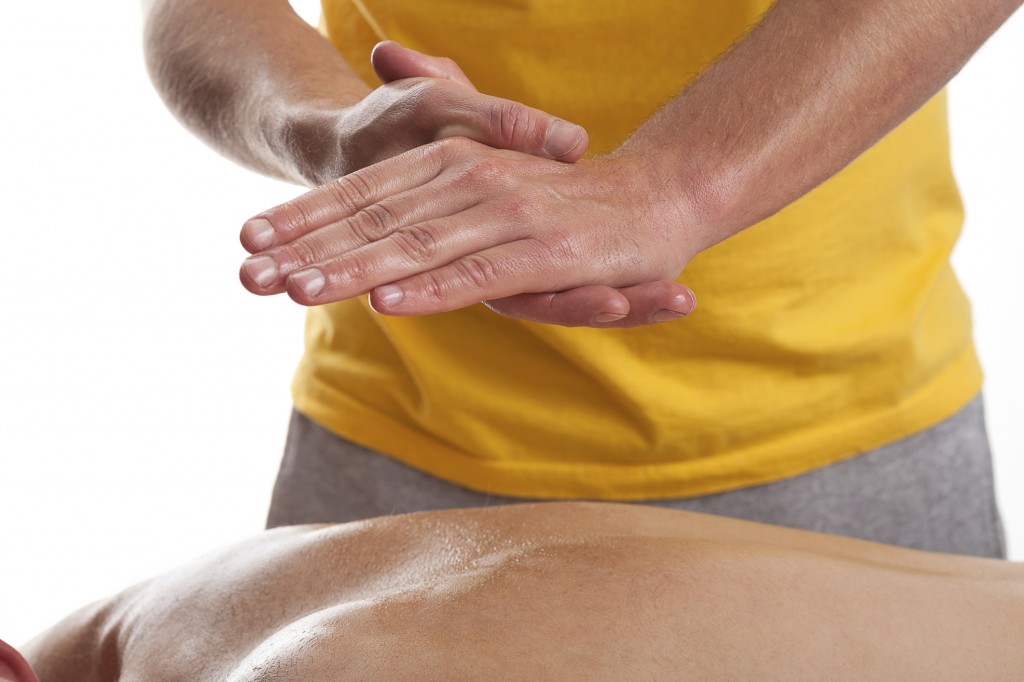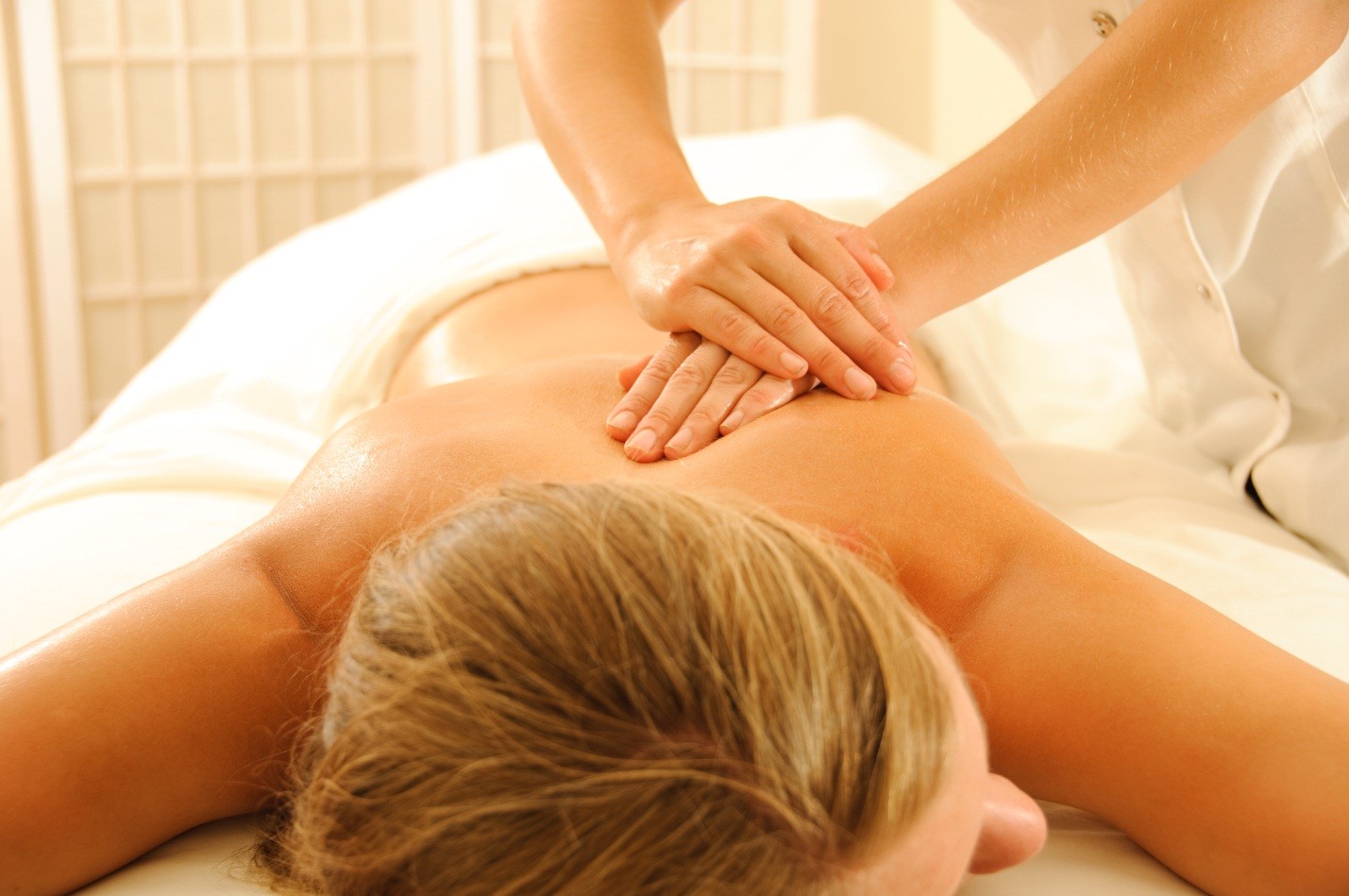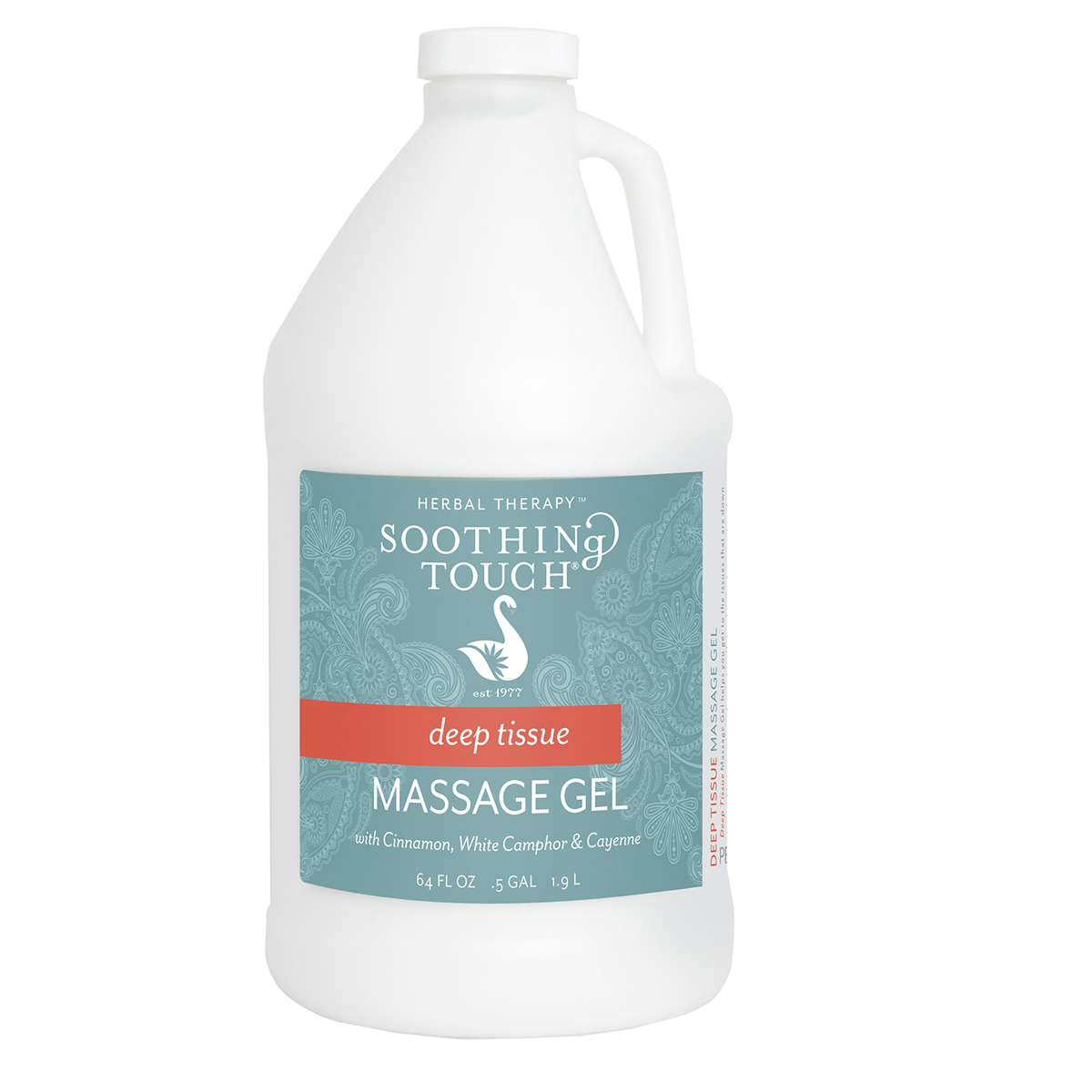
On the milder side, patients often feel sore and a bit icky after massage (post-massage soreness and malaise). Occasionally it causes new physical injuries, usually just minor bruises and nerve lesions, but sometimes worse: there’s a small but serious risk of spinal injury or stroke with any neck manipulation, and blood clots can be dangerously dislodged causing pulmonary embolism (a “stroke” in the lung). Some chronic pain patients may be disastrously traumatized by intense massage (what I call a “sensory injury”). It may aggravate problems, instead of helping. Strong, deep tissue massage causes the most trouble, of course. Our massage therapists will ensure you’re well taken care of and leave happy.Massage therapy is quite safe, but nothing’s perfect. Once the pain resides, your body will be feeling as good as new.Īt Happy Head, our massage therapists provide deep tissue massages using the best massage techniques available. Soreness and discomfort can be perfectly normal to experience during and after a deep tissue massage. One recommended method is to take a warm bath with Epsom salt. Applying heat can help reduce inflammation. You can also apply heat treatments to the areas of your body that feel sore. While you should normally consume a healthy amount of water, it’s important to be well hydrated the day of your massage and the following days. If you do feel pain or soreness after a deep tissue massage, it helps to remain hydrated. Alleviating soreness after a deep tissue massage In a day or two, the soreness and pain should be gone.

Your muscles were working hard, so it’s natural to feel sore. Consider the fact your muscles were stretched and manipulated for at least an hour. In fact, it can be a sign your body is properly healing itself. Soreness isn’t an outright negative thing, though. Your muscles will be sore, and you will feel some aches. The pain you might feel is like the day after an intense workout. Feeling pain after a deep tissue massageĪfter you’ve had a deep tissue massage, it’s normal to feel some soreness. Sometimes, too much pressure can cause more tension, and it’s necessary to have less pressure applied. This is the type of pain you should be concerned about.įinally, if you are experiencing bad pain, you can ask your massage therapist to apply less pressure. This type of pain is normal during a deep tissue massage.īad pain will leave you only feeling pain with no relief. Second, you need to be able to differentiate between “good pain” and “bad pain.” Good pain will make you feel discomfort, but you will feel relief afterward. You want to identify what part of your body feels pain and monitor the situation. There are a couple of things you can do to address it.įirst, you want to identify where the pain is coming from. You might run into a situation where you’re experiencing too much pain you can handle. Some type of pain is normal, but everyone has limits. What to do if you feel pain during the massage Stripping is where pressure is applied along the length of muscles using thumbs, knuckles, forearms, and elbows.įriction is where pressure is applied across the grain of muscles to realign tissue fibers and release adhesions. Light pressure is first applied, followed by more specific techniques such as stripping and friction. It’s commonly used to address aches and pain in the neck, upper back, and shoulders.ĭuring the deep tissue massage, techniques are used to break down painful bundles of muscle knots.

What is a deep tissue massage?Ī deep tissue massage is a type of massage therapy where pressure is applied to the deeper layers of muscle. Some soreness is quite normal right after a deep tissue massage. In short, the answer is a conditional “yes.” You’re bound to feel some soreness, pain, and maybe mild bruising, but not to the point you are experiencing excruciating pain.

People often wonder “does a deep tissue massage hurt?” People aren’t sure if they are supposed to feel pain from intense massage treatments, like a deep tissue massage.


 0 kommentar(er)
0 kommentar(er)
